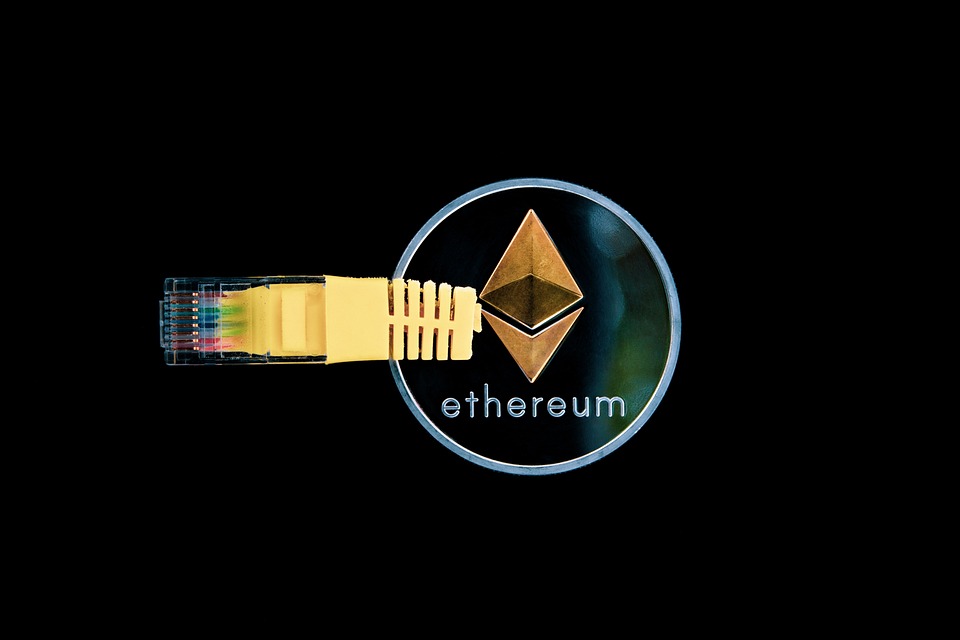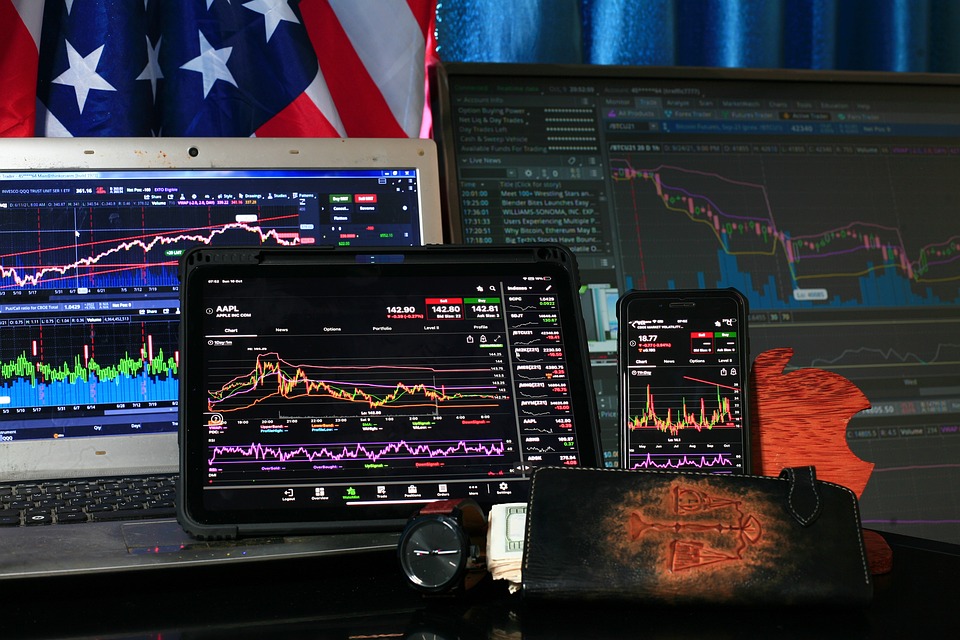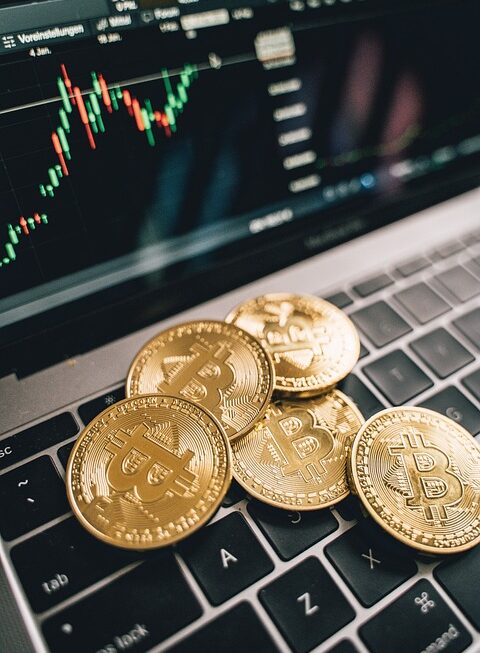Non-fungible tokens, or NFTs, have been all the rage lately in the world of digital art and collectibles. But what exactly are NFTs, and why are they gaining so much attention?
NFTs are unique digital assets that are stored on a blockchain, which is a decentralized and secure digital ledger. Unlike cryptocurrencies like Bitcoin, which are fungible and can be exchanged on a one-to-one basis, each NFT is one-of-a-kind and cannot be replicated or replaced. This uniqueness is what gives NFTs their value and has made them a popular form of digital art and collectibles.
One of the most well-known NFT platforms is Ethereum, which allows artists and creators to mint and sell their digital works as NFTs. These digital artworks can range from digital paintings and animations to music and virtual real estate. The ownership of an NFT is tracked on the Ethereum blockchain, ensuring that the buyer has the original, authentic version of the artwork.
One of the main reasons NFTs have gained so much attention is their potential to revolutionize the way artists are compensated for their work. By using smart contracts and blockchain technology, artists can receive royalties every time their NFT is resold, ensuring they continue to benefit from the appreciation of their work over time. This has the potential to disrupt the traditional art market, where artists often see little of the profit from the resale of their work.
In addition to art, NFTs have also been used in other industries, such as gaming and virtual reality. Companies like NBA Top Shot have created NFTs of basketball highlights, allowing fans to collect and trade their favorite moments. Virtual worlds like Decentraland and CryptoVoxels allow users to buy, sell, and build on virtual land using NFTs, creating a new digital economy that is entirely decentralized.
However, as with any emerging technology, there are still challenges and risks associated with NFTs. The environmental impact of blockchain technology has been a concern, as the energy consumption of mining and minting NFTs can be significant. Additionally, there have been instances of fraud and plagiarism in the NFT space, as artists have had their work stolen and minted as NFTs without their permission.
Despite these challenges, the world of NFTs continues to grow and evolve, with new projects and platforms emerging every day. As more artists, creators, and collectors explore the potential of NFTs, it’s clear that this technology has the power to reshape the way we create, share, and value digital assets in the digital age. Whether NFTs are a passing trend or a lasting revolution remains to be seen, but one thing is certain: the world of non-fungible tokens is a fascinating and exciting space to explore. So, if you’re interested in discovering this new world, it may be time to dip your toes into the world of NFTs and see where it takes you.




